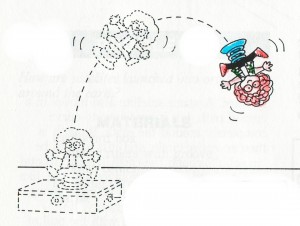What is DST and when does it occur? DST is the starting date for Daylight Saving Time (DST). Until otherwise changed by congress, DST starts in the U.S. at 2:00 am on the second  Sunday in March and stops at 2:00 am on the first Sunday in November.
Sunday in March and stops at 2:00 am on the first Sunday in November.
- In the spring, when DST starts, clocks are set forward 1 hour. Thus, time “Springs Forward.”
- In the fall, when DST stops, clocks are set backward 1 hour. Thus, time “Falls Backward.”
During DST, the Sun continues to rise and set each day as usual. On Saturday, March 7, the day before DST starts, clocks will still be on standard time. Sunrise will be around 7 am and sunset around 7 pm. If you get up at 6 am, it will be an hour before sunrise and you will need electric lighting. If you go to bed at 10 pm, you will retire three hours after sunset. Again, electric lights will be needed.
When DST starts, the Sun doesn’t change its schedule of rising and setting, but a new time is used. When the Sun rises on this day, your clock will read 8 am instead of 7 am as it did the previous morning. This means that if you rise at 6 am you need two hours of electric lights before sunrise. The Sun will set at 8 pm, so you need only two hours of electric lights before you retire. This is still a total of 4 hours of electric lighting needed but according to electric companies, families use much more electricity in the afternoon than in the morning. This is because of all the electronic devices, such as TV, radio, kitchen tools, etc that require electric energy. So, even though DST may result in an increase in energy use in the morning, there is a greater decrease in energy used in the evening. While the amounts of electricity saved per household are small, when you add all these tiny savings across the entire country it adds up to a big savings.
 |
Jancie VanCleave’s Science Through the Ages |
Geography
 |
Science For Every Kid: Geography |